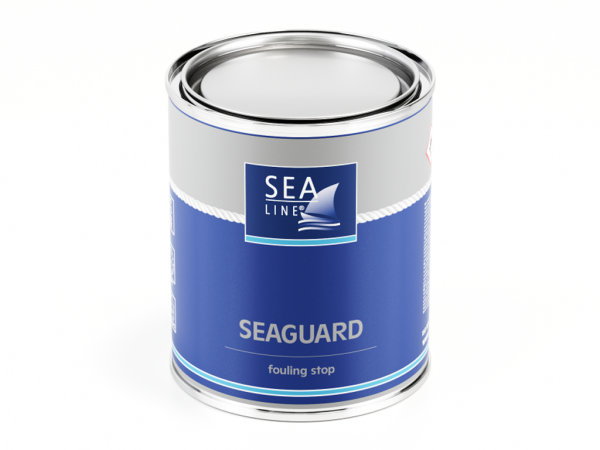
| Type de bateau | GRP laminates, wood, Steel, ALUMINIUM | |
| Endroit | Au dessous de la ligne de flottaison | |
| Function | Antifouling paint discourages the growth of barnacles, weed, and other water life on the submersed hull of the boat. | |
| Application | Pinceau, rouleau, projection (option) | |
| Dilution * | pas recommandé | |
| Rendement théorétique pour 1l | 9÷10 m2 pour 100 μmWFT /50 μm DFT | |
| Nombre de couches | 1 – 3 | |
| Temps entre les couches Sans la nécessité de ponçage | Min 5h | |
| Dry to launch: | Min 12h | |
| Emballage | 0,750l | 2,5l |
| Couleur **: blanc Blue Noir | codes: 300009843 300009836 300011250 | codes: 300009847 300009846 300011251 |
Pour les températures élevées et s’il est nécessaire de diluer une pe-inture antimousse, la dilution doit être de 0-5 % au maxi (en volume). L’épaisseur d’une couche de la peinture antimousse dépend de sa dilution et du mode de son application. Veiller particulièrement à obtenir une épaisseur bien définie (100 μm DTF) ce qui contribue à l’efficacité de la peinture antimousse.
La peinture antimousse fraîche exposée à l’air humide peut changer de couleur. Cela ne concerne que la surface et cela ne pénalise pas son efficacité. Après une immersion, sa couleur change légèrement.
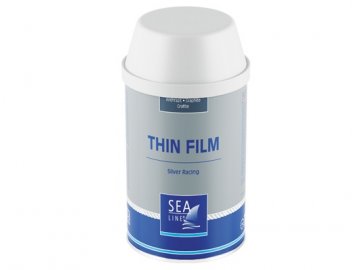
THIN FILM Silver Racing is a hard antifouling paint, effectively preventing fouling organism: aquatic plants and animals or slime. Ideal […]
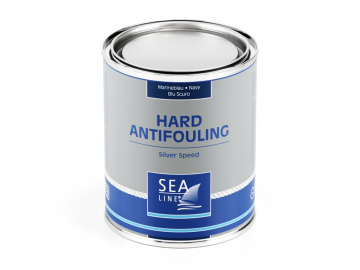
Silver Speed HARD Antifouling is a hard antifouling paint, effectively preventing fouling organism: aquatic plants and animals or slime. Ideal […]
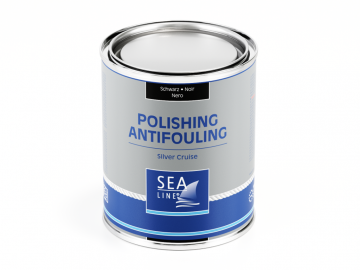
Silver Cruise Polishing Antifouling it’s effectively preventing fouling organism: aquatic plants and animals or slime. Ideal paint for professional and […]
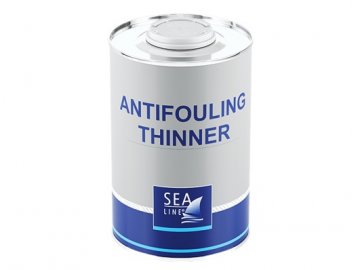
It is very important to use paint thinners, which provide the appropriate parameters of paint – flow, pot life, time […]
No, polyurethane is a 2-component paint (base + hardener) and after applying 2-component paint to 1-component paint, the proper adhesion of the paint to the surface will not be maintained, the paint will begin to wrinkle and surface defects will appear.
There is a possibility of thinning antifouling, but we do not recommend this procedure due to the risk of reducing the effectiveness of the paint. If it is necessary to thin the antifouling paint, it is recommended to dilute it to a maximum of 0-5% (by volume).

Le produit destiné au remplissage des lacunes et à la liquidation des inégalités résultant des dommages ou des inégalités qui […]

La protection de la surface du bateau contre l’influence destructrice de l’osmose et de la corrosion dans des conditions difficiles

La protection contre l’eau et contre l’influence néfaste des rayons UV

La protection du fond du bateau contre l’encrassement par les algues et contre les coquillages. La protection contre l’eau

Une élimination efficace des fissures, le rafraîchissement de la couleur et du brillant du gel coat ou du vernis

Préparations spéciales pour le nettoyage et la remise en vigueur

Laminage, collage et de remplissage des fissures dans gelcoat

Beaucoup de produits utiles pour les travaux de construction d’un bateau